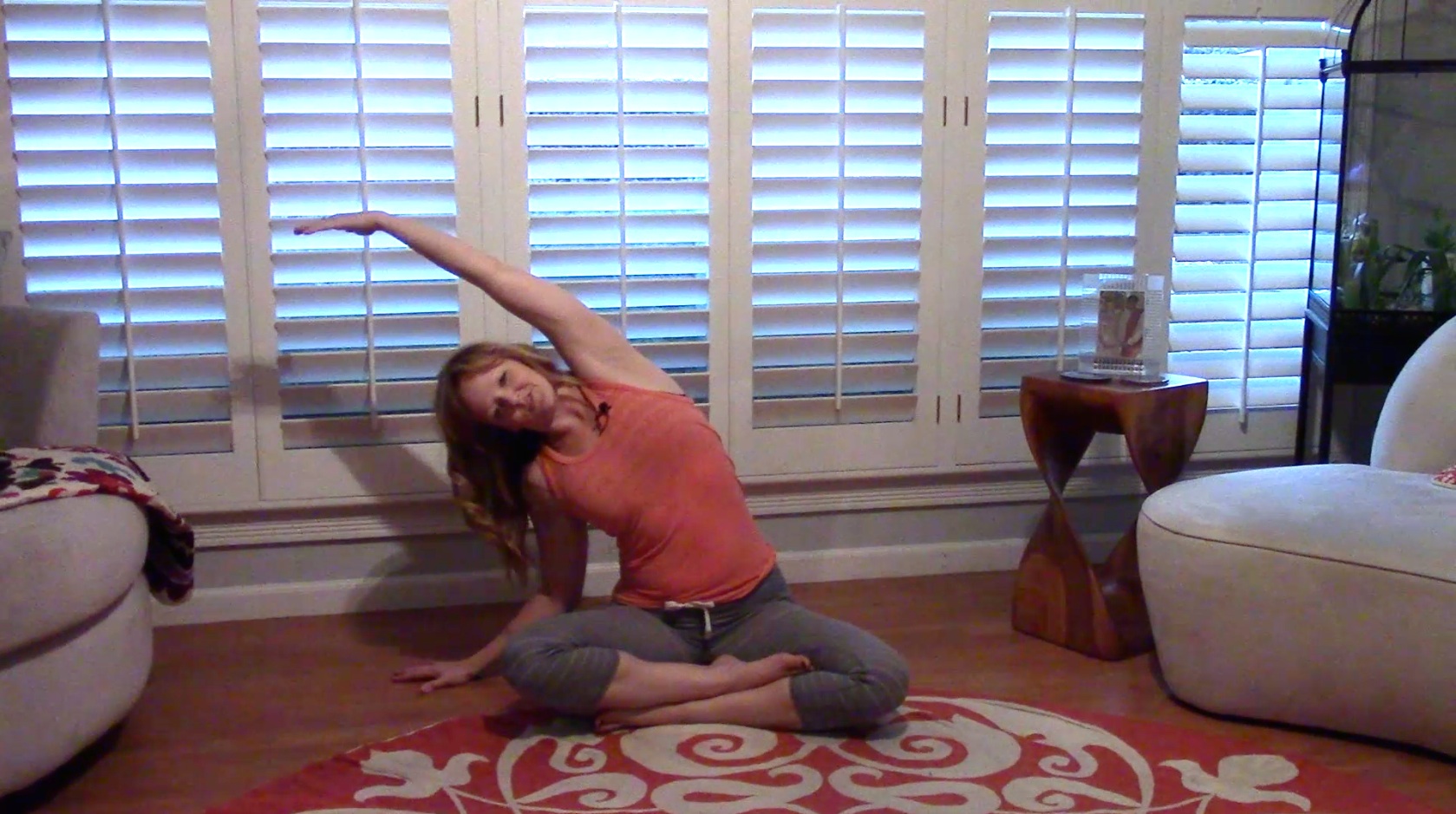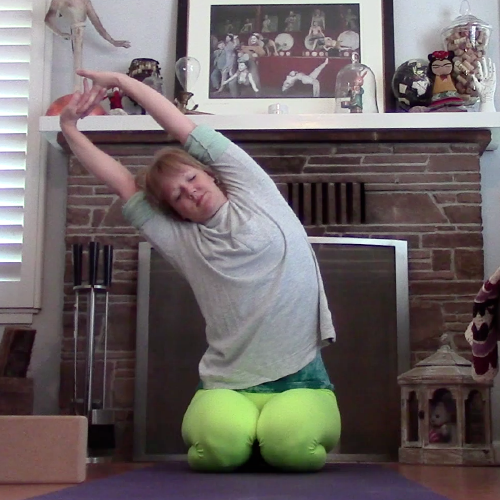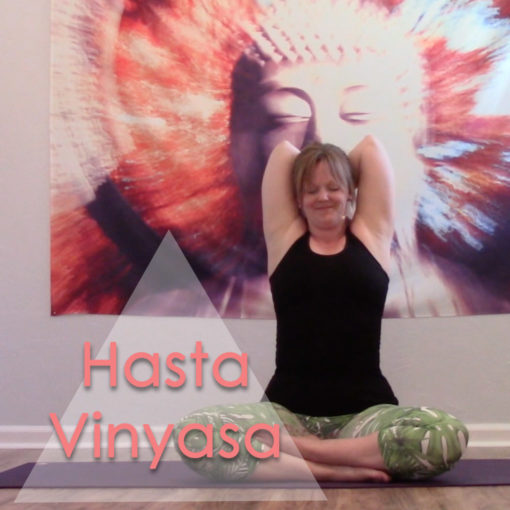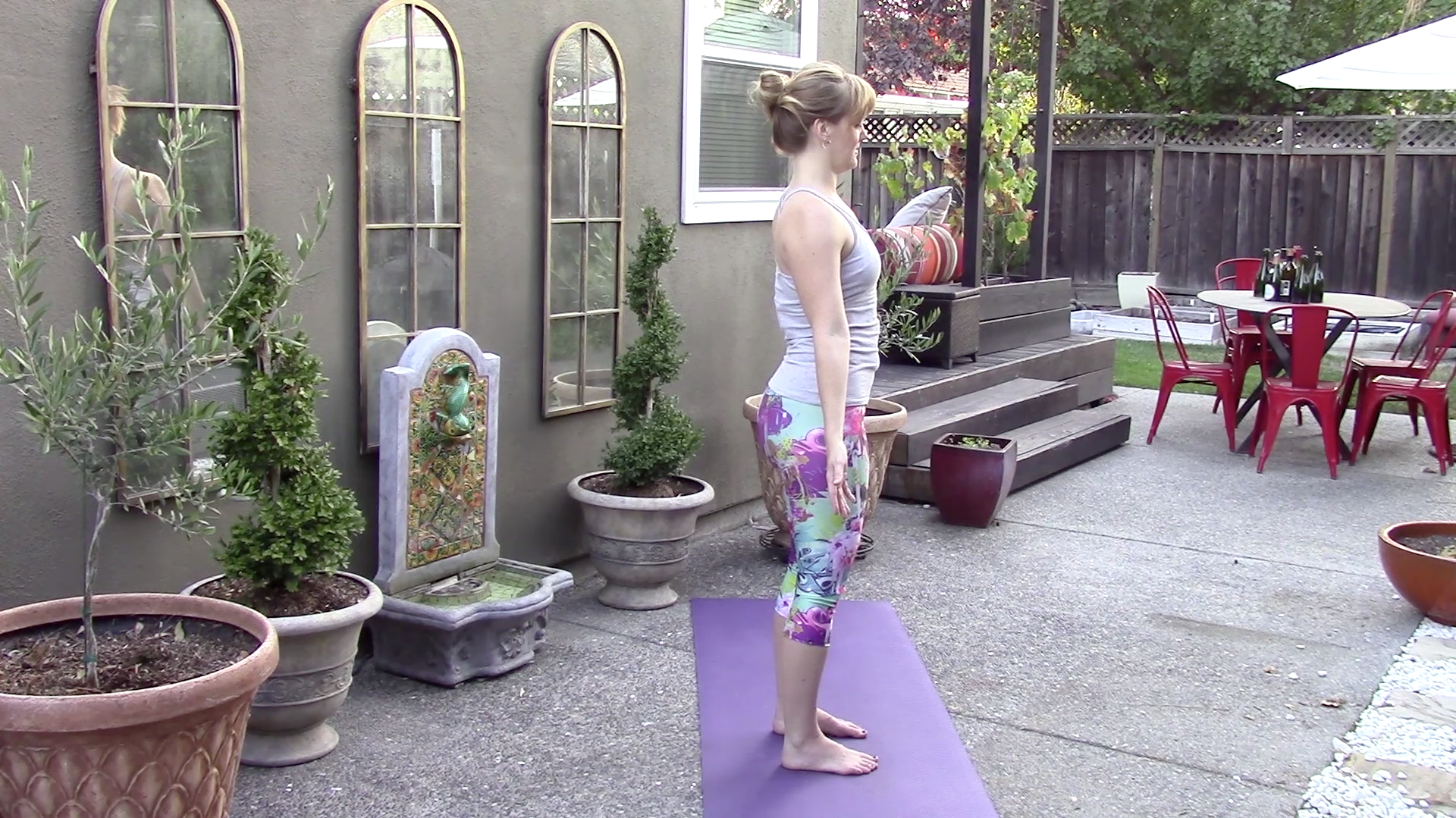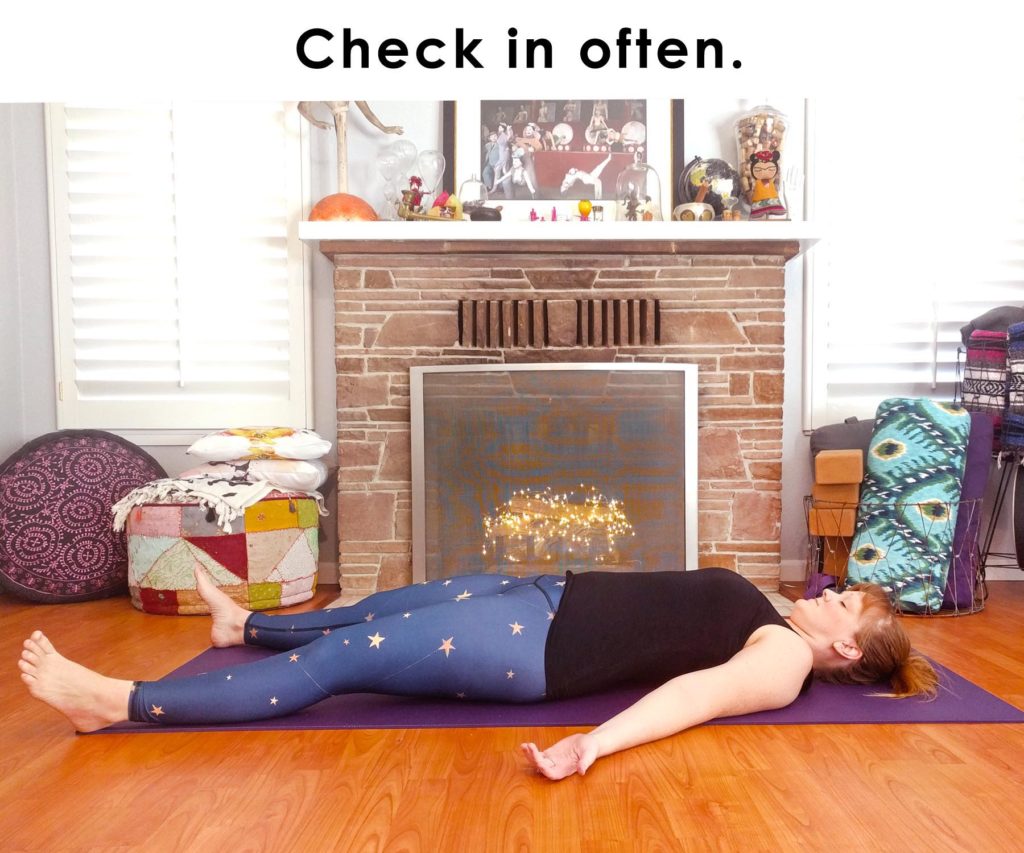
One of the key elements of Flow & Hold® is utilizing resting postures throughout the practice to find a pause. There are a lot of ways to pause in your practice. Why pause? To listen. To reset. To recharge. To see how quickly you can settle in. To start fresh. To compare. To know what just happened because you know, not because someone told you. To feel. To see where you go from here.
I often come back to savasana between my long held postures, in part because that’s what I did in the first practice I took up, Sivananda’s sequence. It took me quite a long time to wrap my head around the benefits of this, beyond just enjoying a nice rest.
The biggest benefit has been to listen to what is happening in my body. When I come back to this rest pose (or any rest pose), I can start to feel the sensations in my body, as if my body is talking to me. The body speaks an odd language, and just like learning any language, you have to practice a lot to understand what is being said. At first you might hear the muscles that are screaming loudest. “I’m uncomfortable! Move now!!” Over time, when you learn to be quiet and still, instead of listening to that first reaction, you might hear, “That was stressful. Breathe a little over here to help me soften. Actually, now that I’ve relaxed, do you hear what’s happening over there, around that joint? What is that joint trying to tell me?” As you listen, you understand how the body was affected by the pose, you learn what muscles need attention, and you start to develop a completely different understanding of your asanas. You build your own library of postures that address certain situations, and you suddenly start to have your own guidance system for how to move through your practice, completely tailored for you. Listening to a teacher on where you should go, what counterpose you should do, is great, because they’ve likely been there before and found it was a good posture to alleviate any aches they’ve found. There’s nothing that replaces actually listening to your own body and your own intuition, however, because you’re the only one who actually knows how it feels inside.
Besides the listening, I’ve found the pauses and the rests have helped me come back to my practice fresh, over and over again in each practice. Instead of pushing through, getting so wobbly that I fall or strain or hurt myself, I take a little break, see if my breath, my heart rate, my muscles, my mind can come back to a place that is similar to where they were before, when I started my practice. It’s like I’m getting a chance to start over, over and over again. It’s also a chance to let go, over and over again. Letting go of whatever mental chatter may have come up. Letting go of whatever high or low may have just happened with the last posture. As I say about coming through savasana repeatedly in a practice, it’s like dying a tiny death over and over again, being reborn, starting a new cycle, each time you rise up and move into the next posture.
As I move through these states of exertion and relaxation, it’s interesting to see how long it takes me to transition from state to state. How long does it take for my body to quiet, to come back to stillness? How quickly do I embrace the next posture or flow that comes my way? Noticing how I adapt to the changing situations, the fluctuation of intensities.
So check in often. Whether you keep coming back to child’s pose, savasana, down dog, or any of the other rest poses, pause, check in, and see what’s happening inside of you. It’s how you start to become fluent in the language of your body.

